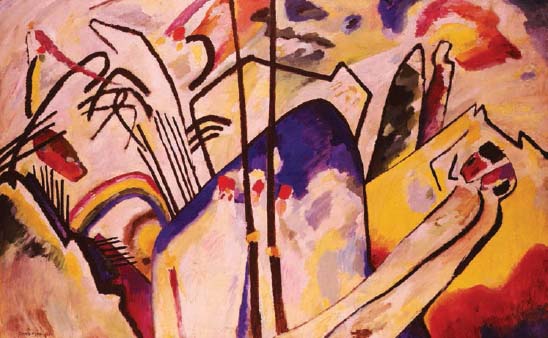The Modern World During and After the World Wars, C. 1914–1960Architecture and Design |
What is the Bauhaus? |
The Bauhaus was a progressive art and design school established in Weimar, Germany, in 1919, with the goal of training art students to create works that blended artistry with commercialism. The school was home to some of the most well-respected and revolutionary artists, designers, and architects of the day, including Paul Klee, (1879–1940), Johannes Itten (1888–1967), and Wassily Kandinsky (1866–1944), who lived together onsite in the specially-designed school. The first director of the Bauhaus was Walter Gropius (1889–1983), a renowned modern architect known for his interest in function. The courses covered both practice-based art training (on topics such as painting, furniture-making, ceramics, bookbinding, metalworking, and eventually architecture) as well as more theoretical concepts including art historical analysis, color theory, and even meditation. Unlike many art schools, the Bauhaus included the applied arts in its curriculum and actively sought out design commissions. With the goal of creating art objects that blended art and craft, students infused everyday objects with elements of high-design. For example, Peter Keler’s 1922 design for a cradle reflects both geometric simplicity and functional efficiency. The politically left-leaning Bauhaus began to lose funding as more conservative policies took hold in Germany during the 1920s. The school first moved to Dessau, and then to Berlin, but was eventually closed in the 1930s as the Nazis gained power. Many of the key Bauhaus leaders and faculty members—Walter Gropius, Laszlo Mo-holy-Nagy, Ludwig Mies van der Rohe, Josef Albers—emigrated to the United States. The Bauhaus’ embrace of industrialism and its goal of creating functional design made an enormous impact on the art and architecture of the twentieth century.

With Composition IV (1911), Russian painter Wassily Kandinsky, who taught at the Bauhaus, experimented with abstraction. This work has been described as both an abstract and a landscape painting. (Art courtesy The Art Archive / Kunstsammlung Norshein West / Harper Collins Publishers.)
